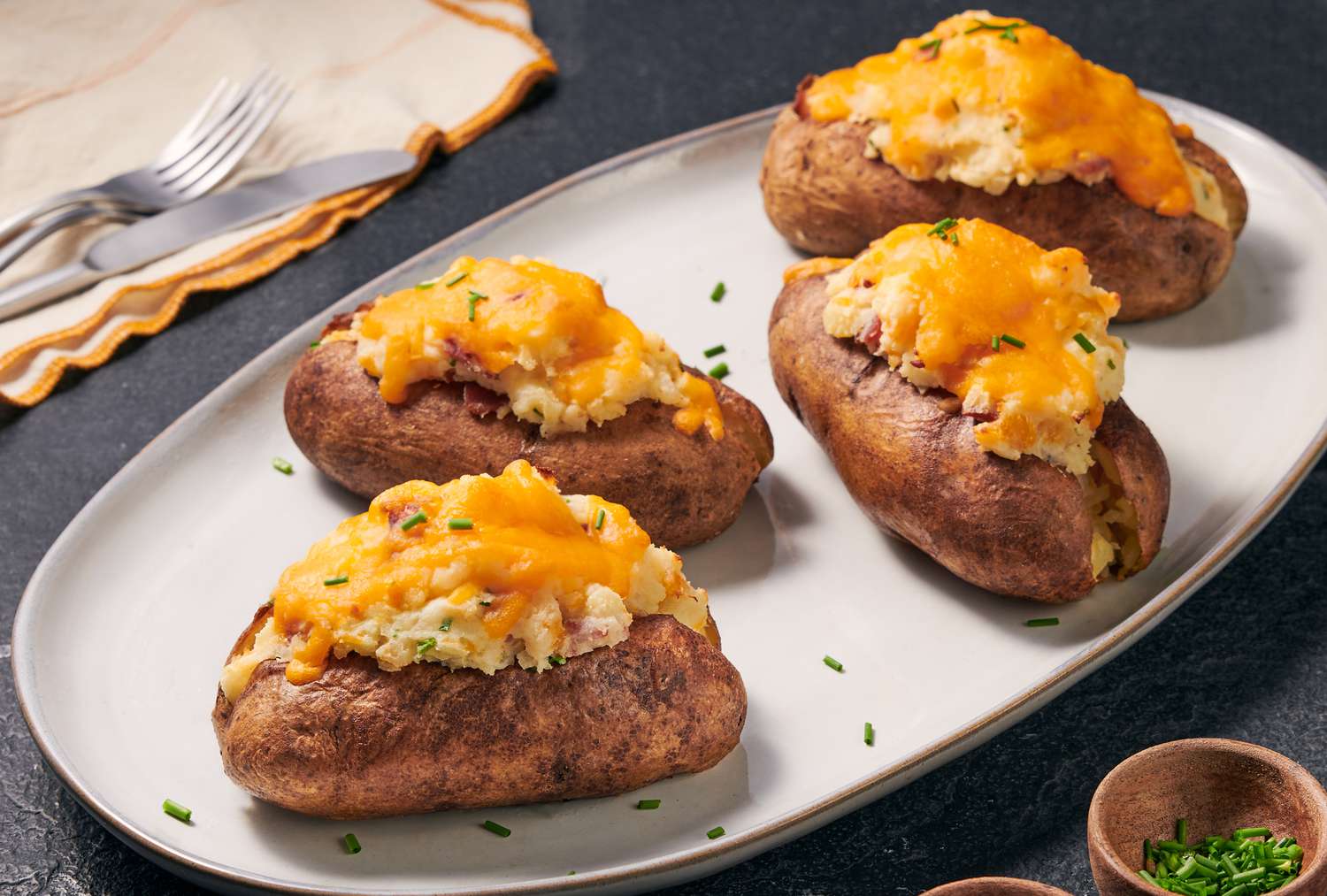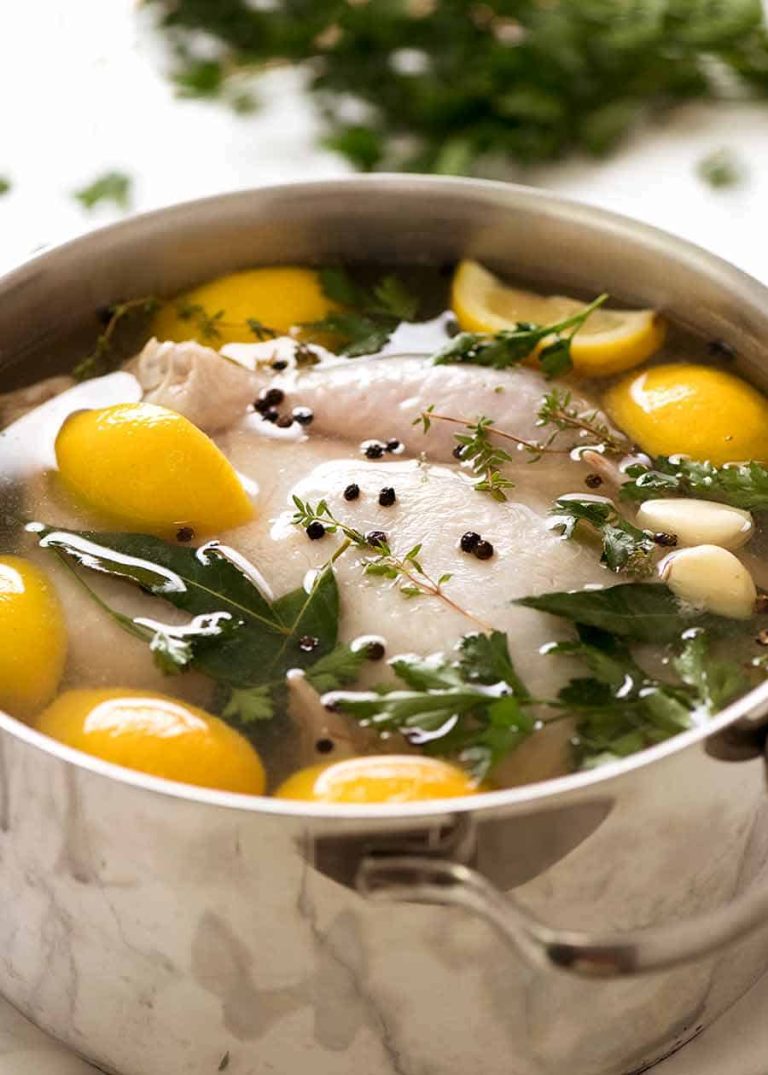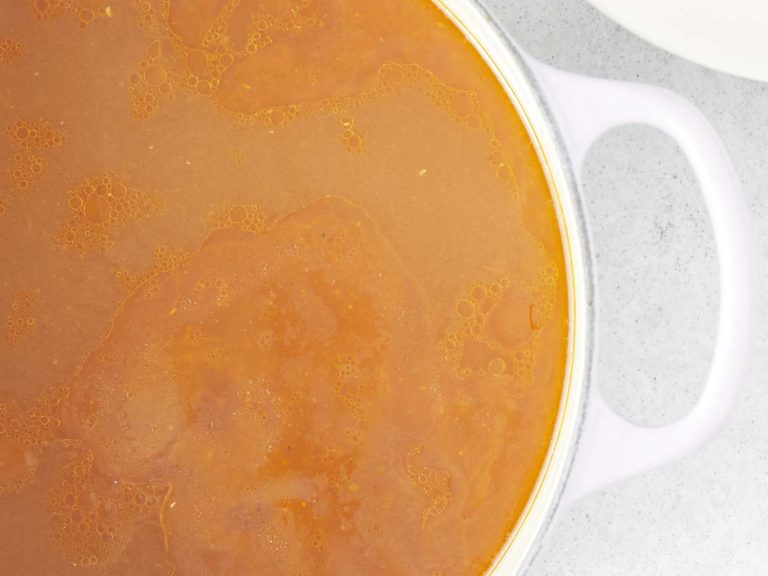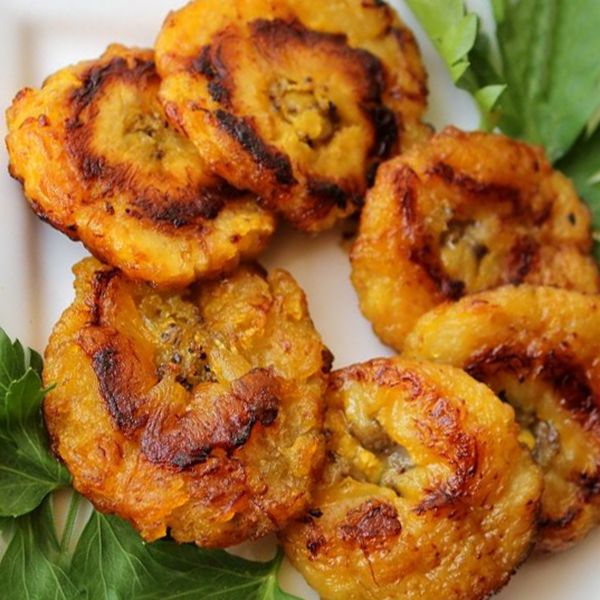Stuffed Potatoes: Classic Recipes and Creative Twists
Stuffed potatoes have roots in various culinary traditions. Ancient civilizations, including the Incas, consumed potatoes extensively. Once potatoes spread from South America to Europe in the 16th century, European chefs began experimenting with stuffing them. By the 19th century, stuffed potatoes had become a staple in European, especially French, cuisine. Often called “twice-baked potatoes,” the dish involves baking potatoes, scooping out the insides, mixing them with various ingredients, and restuffing them.
Regional Variations
Different regions offer unique takes on stuffed potatoes. In the United States, “loaded potatoes” often include sour cream, cheese, and bacon. In France, the “Pomme de Terre Farcie” showcases a mix of cream, cheese, and herbs. Mexican cuisine, known for bold flavors, incorporates chorizo, peppers, and spices into stuffed potatoes. Scandinavian countries lean towards seafood, stuffing potatoes with smoked fish and dill. Each region adapts the dish to local tastes while maintaining its core concept of versatility.
Essential Ingredients for Stuffed Potatoes
Types of Potatoes
Choose the right type of potato to achieve the ideal texture for stuffed potatoes. Russet potatoes are popular for their starchy, fluffy texture. They hold their shape well after baking. Yukon Gold potatoes offer a creamy, buttery flavor that pairs nicely with various fillings. Red potatoes, with their waxy consistency, work well if you prefer a firmer texture. Each type provides a unique base for your stuffed potato creations.
Common Fillings and Toppings
Explore a variety of fillings and toppings to customize your stuffed potatoes. Common fillings include:
- Cheese: Use options like cheddar, mozzarella, or gouda to add creaminess and depth.
- Bacon: Crumble cooked bacon for a savory, smoky element.
- Vegetables: Incorporate sautéed mushrooms, onions, bell peppers, or spinach for added nutrients and flavor.
- Proteins: Use shredded chicken, ground beef, or ham to make the dish more substantial.
- Seafood: Try crab, shrimp, or salmon for a luxurious twist.
Common toppings also add to the flavors and textures:
- Sour Cream: Adds a tangy, creamy finish.
- Chives: Provide a fresh, mild onion flavor.
- Green Onions: Offer sharpness without overpowering the other elements.
- Avocado: Adds richness and a smooth texture.
- Hot Sauce: Brings heat and an additional layer of complexity.
Utilize these essential ingredients to create a stuffed potato dish that aligns with your taste preferences, ensuring a delicious and satisfying result each time.
Step-by-Step Recipe for Classic Stuffed Potatoes
Preparing the Potatoes
Start by selecting medium-sized Russet potatoes, known for their starchy texture. Scrub each potato clean under running water. Pierce the potatoes with a fork 4-5 times to allow steam to escape during baking.
Preheat your oven to 400°F. Place the potatoes directly on the oven rack or a baking sheet. Bake for 45-60 minutes until they’re easily pierced with a knife. Remove the potatoes from the oven and let them cool slightly for handling.
Cut each potato lengthwise after it’s cooled. Scoop out the flesh, leaving about 1/4 inch of potato around the skin to maintain structure. Place the scooped-out potato flesh in a mixing bowl.
Stuffing and Baking Techniques
Mash the scooped-out potato flesh until it’s smooth. Add ingredients like shredded cheddar cheese, cooked bacon pieces, and sour cream to the mashed potatoes. Season with salt, pepper, and optional garlic powder for extra flavor. Stir the mixture until evenly combined.
Preheat your oven to 375°F. Spoon the mashed potato mixture back into the potato skins, mounding it slightly. Place the stuffed potatoes back on the baking sheet.
Bake the stuffed potatoes for 15-20 minutes, until the tops are golden and the filling is heated through. Sprinkle chopped chives or green onions on top before serving to add a fresh touch.
These techniques ensure that your classic stuffed potatoes are flavorful and well-cooked. Customize the fillings and toppings to suit your preferences.
Creative Variations of Stuffed Potatoes
Vegan Options
Explore vegan variations of stuffed potatoes to cater to plant-based preferences, offering delightful and nutritious choices. Use sweet potatoes as an alternative to Russet potatoes for a different flavor profile. Fill the scooped potatoes with a mixture of mashed chickpeas, nutritional yeast, and sautéed spinach for a protein-rich option. Another popular combination includes black beans, corn, and diced tomatoes seasoned with cumin and chili powder, providing a Tex-Mex flair. Opt for dairy-free cheese and sour cream alternatives to introduce creaminess and enhance flavor.
Gourmet Twists
Elevate your stuffed potatoes with gourmet ingredients that add sophistication and complexity. Incorporate lobster or crab meat mixed with a creamy béchamel sauce for a luxurious seafood variation. Another elegant choice involves topping the potatoes with crumbled blue cheese and caramelized onions, creating a rich contrast of flavors. Use truffle oil in mashed potatoes with Gruyère cheese for a high-end touch. For a hearty option, add shredded short rib or brisket combined with a red wine reduction sauce. Garnish with microgreens or edible flowers to enhance the visual appeal and add a touch of freshness.
Nutritional Information and Health Benefits
Stuffed potatoes offer a blend of nutrients, varying based on the filling used. A standard baked potato, providing a base, contains around 161 calories per 173 grams. It’s rich in dietary fiber, potassium, and vitamin C.
Basic Nutritional Values
- Calories: A medium-sized potato has approximately 161 calories, suitable for energy.
- Fiber: With 3.8 grams of fiber, it supports digestion and satiety.
- Vitamins: Provides 28% of daily vitamin C needs and contains B-complex vitamins.
- Minerals: Contains 20% of the daily potassium requirement, crucial for muscle and nerve function.
Filling Variations
Different fillings modify the nutritional profile:
- Cheese and Bacon: Adds proteins and fats but increases calories and sodium.
- Vegetable Medley: Adds vitamins A, C, and folate, promoting a healthy immune system.
- Plant-Based Fillings: Using beans or lentils introduces plant proteins and iron.
Health Benefits
- Energy Supply: Carbohydrates in potatoes provide a steady energy source.
- Digestive Health: High fiber content aids in maintaining a healthy digestive tract.
- Immune Support: Rich vitamin C content enhances your immune system.
- Muscle Function: Significant potassium content supports muscle and nerve health.
- Gluten-Free: Potatoes and most popular fillings are naturally gluten-free.
- Low-Fat Options: Opting for vegetable or bean fillings reduces fat intake.
- Vegan Choices: Sweet potatoes with plant-based fillings offer a nutritious vegan alternative.
By understanding the nutritional values and health benefits, you can choose fillings that align with your dietary goals, making stuffed potatoes a versatile and health-conscious choice.
Conclusion
Stuffed potatoes offer a delicious and versatile meal option that can be tailored to fit any dietary preference. Whether you prefer classic toppings or adventurous gourmet fillings, there’s a stuffed potato recipe for everyone. Their nutrient-rich content makes them a healthy choice that supports various aspects of your well-being. Plus, with gluten-free, low-fat, and vegan options available, you can enjoy stuffed potatoes guilt-free. So next time you’re in the mood for a satisfying meal, consider whipping up some stuffed potatoes to delight your taste buds and nourish your body.






